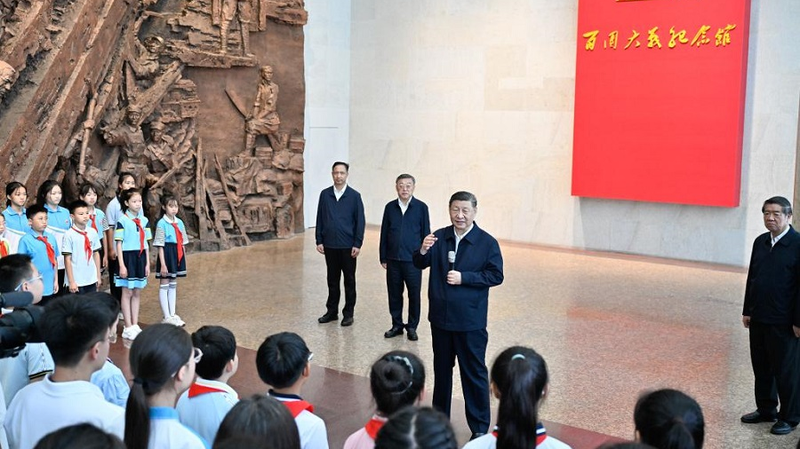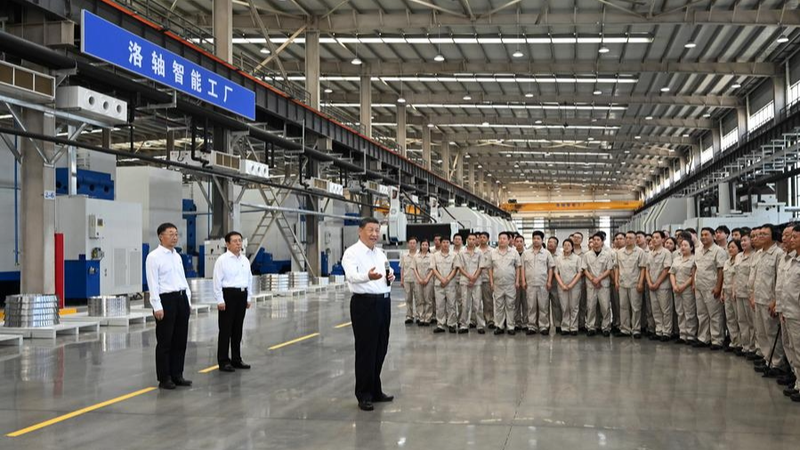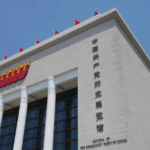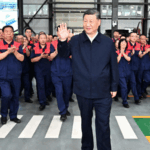Chinese President Xi Jinping's recent visit to Shanxi Province has reignited discussions about balancing historical preservation with modern economic transformation. The two-day tour, which included stops at a memorial hall commemorating the Hundred-Regiment Campaign and industrial sites, underscored China's dual focus on honoring revolutionary heritage while pursuing technological innovation.
The Hundred-Regiment Campaign memorial in Yangquan City served as a symbolic starting point, recalling the Communist Party of China's strategic leadership during the Chinese People's War of Resistance Against Japanese Aggression. Analysts suggest this historical reference reinforces the connection between past struggles and current efforts to achieve national rejuvenation.
Shanxi's economic challenges took center stage during the inspection. As China's largest coal-producing region, the province faces mounting pressure to transition from traditional energy sectors to sustainable development models. President Xi emphasized maintaining traditional industries while driving innovation, stating: "The real economy should not be abandoned, nor should the traditional industries within it."
The visit highlighted three key development pillars:
- Modernizing legacy industries through smart technologies
- Expanding clean energy infrastructure
- Developing advanced manufacturing capabilities
This strategy aligns with China's broader push for "new quality productive forces" – an economic concept prioritizing tech-driven productivity gains and optimized resource allocation. Observers note Shanxi's transformation could serve as a template for other resource-dependent regions navigating the shift toward high-value industries.
For international investors, the developments signal potential opportunities in renewable energy projects and advanced manufacturing partnerships. Academics emphasize the case study's relevance to global discussions about industrial transitions in post-industrial economies.
Reference(s):
President Xi's Shanxi visit: Reviving legacy, forging future
cgtn.com








